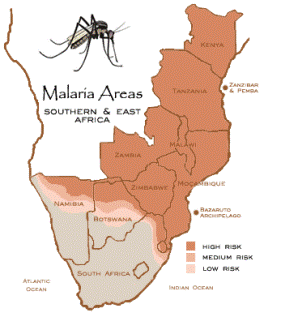Differences between endemic, epidemic and pandemic.
For the current case of the coronavirus that is feared and quickly becomes a pandemic, on this occasion I wanted to investigate the differences between endemics, epidemics, and pandemics.
According to data from the World Health Organization (WHO):
ENDEMIC.
An endemic disease is a disease that affects a country or region determined regularly or on a usual date. The endemic does not always occur in very serious diseases since it can become "a common factor of that population because of the genetic or cultural elements that compose it."
An example of endemic disease is malaria in some regions of Africa.
EPIDEMIC.
The epidemic occurs when the disease attacks numerous people or a large number of animals from the same place, during the same period. It can cause damage to a large part of the population, causing significant damage to the community, or the place where it occurred.
Examples: Cholera, Zika, Chikungunya.
PANDEMIC.
The pandemic is the spread of a disease worldwide. It can also be considered as an attack on all the inhabitants of a certain locality or region, mostly given through viral diseases such as influenza. Pandemics can have different epidemiological characteristics and large outbreaks in the summer months.
Examples: Influenza.
Examples: Influenza.






Comentarios
Publicar un comentario